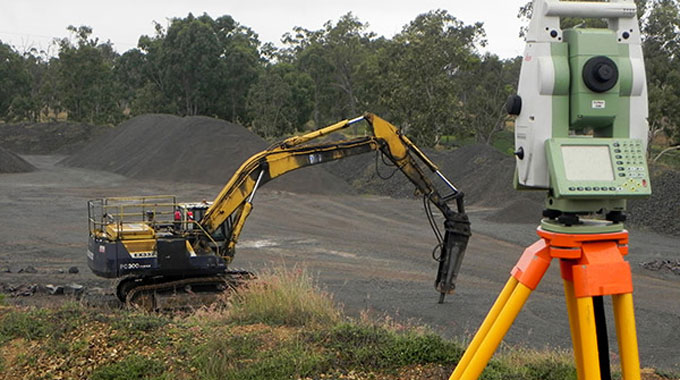
Principles of chain surveying

Chain survey belongs to the easiest method of surveying. Under this type of survey, only measurements are captured in the construction site, and the other works, like plotting measurement etc. are carried out in the office. Irrespective of angular measurements, only linear measurements are undertaken. It is mostly effective for small plane areas having very few details. If it is performed efficiently, it provides quite perfect results.
To conduct this survey, the following items are required in job site - Chain, Tape, Ranging-Rod, Arrows, Cross staff
Relevance of Chain Survey - Chain survey can be undertaken for the following purposes:
1. The area required to conduct survey is relatively small
2. The ground is level to some extent
3. The area is open and
4. Details to be gathered are simple and less.
Survey Station - Survey stations are categorized as follow : Main Stations, Subsidiary or tie
Main Stations: Main stations refer to the end of the lines, which manage the boundaries of the survey, and the lines which attach the main stations remind of the main survey line or the chain lines.
Subsidiary or the tie stations: Subsidiary or the tie stations belong to the points chosen on the main survey lines, where it is important to trace the interior detail like fences, hedges, building etc.
Tie or subsidiary lines: A tie line connects two fixed points on the main survey lines. It facilitates to verify the exactness of surveying as well as trace the interior details. The location of each tie line should be adjacent to some features, like paths, building etc.
Base Lines: It is the primary and longest line, which moves roughly through the center of the field. All the other measurements to demonstrate the details of the work are obtained relating to this line.
Check Line: A check-line also called as proof-line belongs to a line that attaches the apex of a triangle to some fixed points on any two sides of a triangle. A check-line is calculated to verify the exactness of the framework. The length of a checking line, as calculated on the ground should satisfy its length on the plan.
Offsets: Offsets stand for the lateral measurements from the baseline to secure the positions of the several objects of the work in relation to the baseline. These are normally set at right angle offsets. It is also drawn by applying a tape.
Chain survey method:
1. Reconnaissance: The initial examination of the area prepared for survey is known as reconnaissance. The surveyor examines the area to be surveyed as well as arranges index sketch or key plan.
2. Marking Station: Surveyor settles the required no of stations at areas from where maximum possible stations can be arranged.
The marking is done with the following processes:
a. Setting ranging poles
b. Pushing pegs
c. Marking a cross if the ground is solid
d. Digging and setting a stone.
3. After that, the surveyor chooses the way for transforming the main line, that should be horizontal and dirt free as possible and should move around through the center of work.
4. Then ranging roads are secured on the stations.
5. As soon as the stations are fixed, chaining should be done.
6. Create ranging wherever required.
7. Work out the change and offset.
8. Enter in the field the book.


